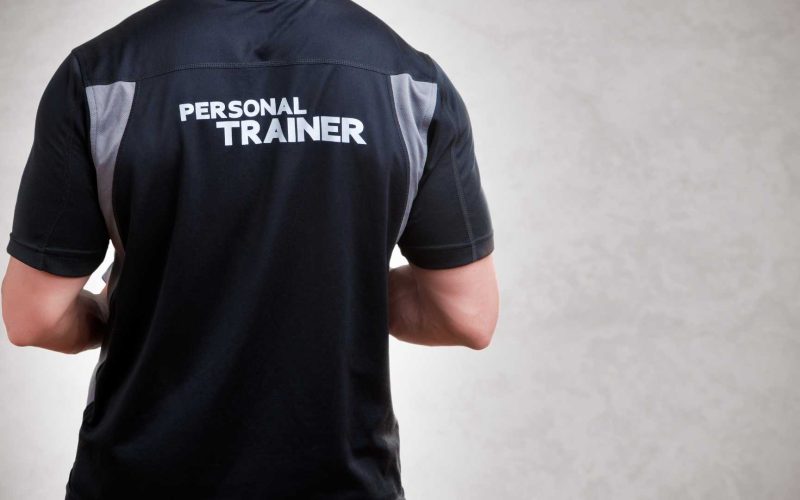With the cost of living continuing to increase, all of us, PTs in London and across the UK, are looking at their overheads and considering the possibility of setting up a home Gym studio. Many may already have their own home Gym equipment, so with a little bit of planning and consideration, they can set up a small commercial studio space to see one-to-one clients.
Why More Personal Trainers Are Turning To Home Gym Studios in London
PTs are turning to studios because costs are increasing. Their Gym rent is increasing, costs for getting to the Gym, car repairs, fuel, and bus fares, meaning that general overhead costs have escalated dramatically.
Having Your Own Studio Can Help in the Following Ways

- It guarantees access to equipment
- You don’t have to commute
- Lower overhead
- Flexible opening
- Client parking
- Premium one-to-one
Gym Overheads
Commercial Gyms often have high overheads and commercial goals, which means they are required to make a profit in all areas of the business, including any freelancing physical training instructors. Many commercial Gyms, including Pure Gym, charge anything from 12 to 15 hours per week as rent. In most cases, you will have the opportunity to pay this back by completing the time as an instructor for the Gym or paying back with your commercials, your hard-earned cash.
Pros and Cons of Gym Rent
Primary pros include access to new clients and brilliant space to work, no marketing budget, no requirement for social media management, heating or much else that matters. This is often the preferred route to start as a PT because it provides you with a fairly immediate income. Once you’ve been trading for a while and you built a good commercial base, you may start to question why you’re paying out 12 to 15 hours every month, as this is taking a chunk of time or budget. It is worth reminding yourself of the above and how that actually helped set you up; however, it is quite possible you’ve outgrown the Gym. Another pro is that you and your client will be covered against accidents while you pay for working with a commercial Gym.
The primary cons include: 15 hours a week could effectively be 15 sessions for three hours per day over a five-day period, and often, these required hours will be needed in busy times such as early mornings or peak periods early evening. Some Gyms will insist on each of those hours being used in the AM, midday, and PM sessions. This can restrict your own development, which is often why PTs consider branching out once established. Now you have your customer base set but why are you continuing to pay, if you are still seeing the same customers, it might feel like you are not getting value for money. Once you go out on your own, you will need to market yourself. You will need to consider commercial liability insurance, you will need to prepare an appropriate space, and you’ll need to maintain and purchase equipment.
When is It Time to Consider a Home Gym Studio?

Typically the standard rate per hour for PT can range from £25 to £30, so we work on around £26 an hour, then your 15 hours as a commercial value of almost £400 a month. Over a 12-month period at £390 per month, the collective total would be £4,680. If we allow for another few hundred pounds of costs, then you are looking at around £5000 a year to run your Physical Training business. The average income for a PT in the UK is around 30 K a year which means you will need to turn over 35,000 per year to achieve a 30 K salary. A 30 K salary for a self-employed individual can be better than a 30K salary for an employed person because of tax breaks and other benefits, so your take-home can be higher as a self-employed individual.
It’s time to consider a home Gym when you have a network of clients with solid relationships. Then, it’s time to take the plunge. You can let them know that you are thinking of going independent and see if they have any interest in working with you. It is essential to be careful that you do not tread on the toes of your previous employer or cause too much trouble. Most will expect that this scenario is possible and front load with marketing and offers each year, understanding that drop-off happens.
How Can You Set Up Your Home Gym Studio?
First, you need to find your space, after which you can design your studio Gym. It is important to consider space and how you use fitness equipment with your clients. In a large commercial Gym, this, perhaps, does not matter quite as much. In a small studio Gym, every square foot counts. It has to be able to earn you money and help your clients.
Here Are Some Tips for Setting Up a Home Gym Studio

They get cold – ensure you have installed a ceiling to keep the heat in. This is more important than flooring at this stage.
Flooring – It has thermal qualities, but it also has sound-dampening qualities, which are essential for your home Gym studio when you have neighbours.
Lighting – Do not forget lighting when you are installing your ceiling. It is important to light areas of your studio in different ways; consider using spotlights or directional lights because this can help you highlight key areas that you may not necessarily know when you start.
Choose good quality equipment – There are many home Gym suppliers, and some, like Mirafit, have commercial/studio-quality gym equipment suitable for commercial gyms and studios.
Mirrors – Small spaces can be amplified with mirrors; they are a clever way to make a small space feel much larger. They also help you and your client to use the correct form. Mirrors are a fantastic way to encourage your clients when they begin to see change or get a pump on and look massive!
Final Thoughts
Consider all of the above before deciding to set up a studio Gym. Setting up a studio can have an upfront cost, which is paid back over time. Remember, you do not have to get all the equipment simultaneously; you can add new machines when finances allow. This is often a good way to keep customers engaged because they see you trying to improve your offering. Don’t forget that although your focus is your studio, you can also use any outside space, including parks, fields and other open spaces.
In this article, we have explained how a studio Gym can help. We have outlined the pros and cons. We have explained how to judge when it’s time to set up your home Gym studio. And we have provided some tips to help you remember the business-critical decisions. We hope this article has been helpful and reminds you to avoid credit if possible; it will make you a more robust business.









